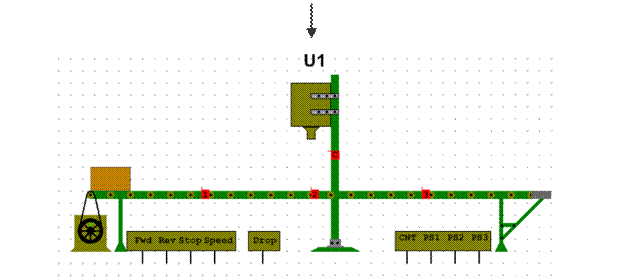CONCEPT OF EMPLOYMENT
Usually airborne forces are not committed on missions that can be performed as economically or as expeditiously by other combat forces. Airborne forces move directly to the objective area or to forward bases. Airborne forces are airlifted from these forward bases by AF aircraft to conduct airborne assault operations. An airborne capability is a strategic threat that may compel the enemy to disperse and dissipate his forces to protect vital installations in his rear areas and on his flanks. Airborne forces can exploit the results of nuclear, biological, or chemical attack when existing radiation or level of persistent chemical or biological agent contamination in areas of employment is within acceptable limits. Airborne operations can be conducted in areas occupied by well organized enemy combat forces when preceded by neutralizing preassault air bombardment or intensive FA fires. Airborne operations can be conducted in either daylight or darkness or under other conditions of reduced visibility. Because of the inherent difficulties in night or reduced visibility operations, commanders prefer to launch major airborne assaults during daylight. Forces conduct loading and a major portion of their air movement during darkness or other conditions of reduced visibility to conceal these operations. Forces avoid establishing a recognizable pattern of timing in the assaults. Parachute elements normally make the initial assault. Air-landed units then move into protected landing areas. When required, airborne operations can be conducted entirely by parachute. Air-landed units can conduct assault operations without having been preceded by a parachute assault if the landing area is undefended, lightly defended, or neutralized. The airborne force is most vulnerable to enemy counterattack, particularly armoured and mechanized forces, immediately after landing. Tactical air support and artillery restrict the movement of enemy forces into the airhead area during this period. Since the airborne division is most vulnerable to enemy during the landing and reorganization of its assault echelon it must land and be reorganized with maximum speed and precision.
1. What do airborne operations involve? 2. What units may airborne forces consist of? 3. What is meant by short-duration airborne combat operations? 4. What is the airborne force most vulnerable to? 5. What is the concept of employment of US airborne forces?
Район десантування, короткочасна десантна операція, матеріальні засоби, що доставляються одночасно з висадкою десанту, матеріальні засоби, що доставляються після висадки десанту, повітряні комунікації, повітряна атака, висадка повітряного десанту, плацдарм десантування.
|





